| | This is the big month for pruning deciduous fruit trees and vines. Basic guidelines for winter dormant pruning are to remove crowded or crossed branches, to open the center for good light exposure and airflow, to repair structural weakness, to remove vigorous vertical-growing branches (waterspouts), and to reduce the height or width of the tree to keep harvesting easily within reach when standing on the soil. Take care to not leave stubs or to overprune in any single year, as this encourages excessive new foliage and less fruit. An excellent, inexpensive, and easily-used disinfectant for pruning tools is rubbing (isopropyl) alcohol. Wipe shears with the alcohol after pruning every several cuts to avoid spreading any diseases. Clean the blades extra well before moving to another tree or bush. Pruning cuts that are under one-and-a-half inches across don't need protective covering. Paint larger cuts with an off-white or sand-colored interior latex paint that has a matte finish, not a glossy one – paint must be latex-based for interior use since exterior-use paint is oil-based and will suffocate tree pores. Never use black asphalt substances or dark-colored paint, especially on south-facing surfaces, since they will concentrate the sun's heat, baking and killing the tissue that the tree is trying to heal. Citrus Pruning citrus trees requires a different approach. Remove entire branches at the trunk. Heading branches back--cutting off only portions--will remove wood that would have blossomed and set fruit this coming season and stimulate more bushy growth. Cane Berries Cane berries are most easily pruned when all their leaves have fallen off and the buds have just begun to fill out and show their light pink color. The dead canes and the plant structure are then quite apparent, and the thorns are more easily avoided. When clipping away all the dead growth at the base of the plant, be careful to not injure the new pink shoots at the crown. Then prune each strong cane from the root crown about six inches above its point of attachment to the top horizontal support of the trellis. Prune side shoots just after the third strong bud. This second-year growth is where most of the blossoms and berries will set. Spread and re-anchor the upright canes evenly along the trellis in order to keep the area open for good ventilation and promote the even spread of developing foliage. This pruning and trellising procedure will encourage strong growth of fruiting vines but not of unnecessary foliage. Another approach, cutting down all dead and growing vines at the soil level in a clean sweep, is an easy approach, but it encourages weak bushy growth resulting in only a few berries setting very low on the plant. Grapes The choice of pruning approach depends on the specific varieties and trellis structures you have. Generally, grapes will bear on second-year growth, so prune to encourage this. Pencil-sized grape cuttings with at least four nodes can be used to start new vines. To identify which end is which, cut the bottom (root end) of the cane flat across, and cut and the top (foliage end) at a slant. Bury the lower two nodes in the soil. Don't be concerned if new foliage doesn't appear from the upper nodes until very warm weather, as the strong root system develops first. |
|
75 Comments
5/31/2017 01:04:15 am
I used the same technique for my basil to keep them alive and get harvest from it (https://www.gardenloka.com/how-to-keep-basil-alive/). Very effective indeed.
Reply
1/28/2019 08:30:11 am
HI Yvonne Savio ,
Reply
Yvonne Savio
1/28/2019 04:41:03 pm
Indeed!
Reply
11/7/2019 12:21:40 pm
Pruning saws must be used to cut branches too large to handle with lopping shears. They differ greatly in handle styles, shape of the blade and type of teeth. Unlike most other saws, these are designed to cut on the “pull-stroke
Reply
11/30/2019 08:01:58 am
Pencil-sized grape cuttings with at least four nodes can be used to start new vines. To identify which end is which, cut the bottom (root end) of the cane flat across, and cut and the top (foliage end) at a slant. Bury the lower two nodes in the soil. Don't be concerned if new foliage doesn't appear from the upper nodes until very warm weather, as the strong root system develops first.
Reply
11/30/2019 10:17:21 am
Thanks for including! I prefer to cut longer pieces so 2 nodes are under the soil to sprout roots, and 2 or 3 nodes are above the soil to sprout foliage. Last year, it took until May for a good amount of roots to develop so I could transplant them into their new home.
Reply
12/3/2019 04:40:27 pm
My husband and I moved into an older, cute home with beautiful orange trees in the backyard. It's really helpful that you recommended pruning branches at the trunk to promote greater growth. Neither of us has much experience in gardening nor pruning, so I think we may hire a tree trimming service so that we can enjoy our new fruit trees and maybe even make orange juice.
Reply
Yvonne Savio
12/3/2019 05:21:01 pm
Hi, Sabrina -- Glad my comments are helpful! With citrus, you can shake the ripe fruit off, since it isn't damaged when they fall to the ground. On the other hand, with soft fruits like apricots and peaches, etc., you want to prune to keep the tree short enough to actually pick the individual fruits as they ripen.
Reply
3/23/2020 03:28:06 pm
Winter pruning is a great excuse to get outdoors and enjoy your garden even though it is cold outside. I always appreciate having made the effort when things start to leaf out and the garden looks like it is cared for and loved.
Reply
Yvonne Savio
3/23/2020 11:00:45 pm
Absolutely!
Reply
4/27/2020 12:55:53 pm
Pruning can help control the size of a plant, direct growth, influence flowering or fruiting, rejuvenate old, overgrown plants, or maintain plant health and appearance. For shrubs, pruning also encourages growth below the pruning cut. For trees, pruning can also help prevent safety problems from broken, diseased, dead, or dying branches.
Reply
9/1/2020 06:30:58 am
Nice Article...Very interesting to read this article. I have learned some new information. Thanks for sharing.
Reply
9/1/2020 11:17:34 am
Hi, Sarah -- I'm so glad you learned something new and helpful! That's the whole point!
Reply
4/3/2021 09:22:41 am
I loved your blog and thanks for publishing this about pruning why and where to cut !! I am really happy to come across this exceptionally well written content. Thanks for sharing and look for more in future!! Keep doing this inspirational work and share with us.
Reply
Yvonne Savio
4/3/2021 10:14:05 pm
Thanks for letting me know how helpful my information is! That's why I'm doing it!
Reply
5/22/2021 01:13:37 am
Carolyn, We sell fall-blooming snowdrops as growing plants in late winter,
Reply
9/13/2021 03:07:29 am
Such an informative article. I was searching articles about pruning & found this one. The effort you have given to writing an article about the gardening tips like this, it's really appreciable. Thank you. Please keep writing this kinda article for us.
Reply
Yvonne Savio
9/14/2021 10:11:51 am
Hi, Tizan -- So glad my chatting is helpful and enjoyable for you! That's the point!
Reply
10/1/2021 11:42:04 pm
This is really helpful. You even gave tips on how to prune on some of the plants. Thank you for sharing.
Reply
1/5/2022 05:45:13 am
Thanks for helping me understand that pruning trees are important since it removes dead and possibly hazardous branches
Reply
1/5/2022 06:36:37 pm
I like what you said about how pruning cuts need to made often to promote tree growth. I need to get a contractor to cut down my fir tree. I think it is diseased.
Reply
1/6/2022 04:21:27 am
The neglecting tree can affect your tree’s beauty and structural integrity. A misshaped tree not only looks bad but also leads to breakage and property damage. So, it is essential to prune a misshaped tree before converting your small problems into significant issues.
Reply
To prune properly, when you cut a plant’s branches or stems, always cut a little bit above a growth node, where the bark tends to get squishy or shows a bit of a ring. Just above that bark change is where the cells on the bark can generate a healthy cover to the wound.
Reply
2/17/2022 11:10:15 pm
Improper trimming can eventually take the life of the tree. Experienced arborists know how to make cuts to avoid damage to the tree’s natural shape.
Reply
4/5/2022 05:26:03 pm
As you’re thinking about hiring a tree care professional, you might see the term “certified arborist” and wonder what that means and what the benefits are for you.
Reply
6/9/2022 05:35:16 am
As a spunky young want tobe viticulturist, I was initially instructed in the practice of sap-flow pruning while working in the vineyards of Piedmont, Italy. Friuli, the birthplace of this amusing approach, is a long car journey away from Piedmont. Nonetheless, both regions have a similar history when it comes to grapevine cultivation, and while I believe most aspects of this pruning method are universally applicable, it's important to understand where the concept originated in order to properly discern which elements fit best into your viticultural stylings.
Reply
6/30/2022 07:43:43 am
Great post! This will surely help out the people out there to gain more knowledge about this stuff.
Reply
7/1/2022 02:47:51 am
I admire what you have done here. I love the part where you say you are doing this to give back but I would assume by all the comments that is working for you as well. Do you have any more info on this?
Reply
8/9/2022 01:15:46 pm
You made an interesting point when you explained that it is important to keep shears clean so that you don't spread disease while pruning your trees. With that in mind, it seems like hiring a professional pruning service would be the best way to prevent the spread of disease. A professional pruning service will know how to prevent your trees from catching certain diseases.
Reply
8/9/2022 05:59:35 pm
Great tip about pruning citrus trees. I need to get a professional to help with my oak trees. I think they are diseased.
Reply
8/11/2022 10:48:18 pm
It's quite interesting to read that citrus trees are treated much differently from other kinds of trees when being pruned. I can bet this is something that we would have made a mistake over if we tried to prune them ourselves, so I can bet that we'd need the help of an expert to avoid issues. Before the dormant season begins, I'll talk to a local tree pruning expert and have them stop over for sure.
Reply
9/8/2022 10:55:59 pm
I love that you talked that branches that rubbing alcohol to the trees could help implement safety. My godfather told me last night that their tree has broken branches, and he asked if I had any idea what would be the best option to consider for safety. I'm glad for this instructive article, I'll be sure to tell him that he should consult trusted tree trimming services as they can provide more information about the process.
Reply
9/25/2022 09:00:16 pm
Always cut back vegetation to the soil line or to a growing point (branch or bud). NEVER cut off a stem or branch. A tree should NEVER be topped to "rejuvenate" growth.
Reply
9/25/2022 09:03:40 pm
Thinning cuts, reduction cuts, and heading cuts are the three main types of pruning cuts, and each has a different effect on growth and look.
Reply
9/27/2022 10:37:30 pm
Always cut back vegetation to the soil line or to a growing point (branch or bud). NEVER cut off a stem or branch. NEVER cut a tree down to "rejuvenate" its growth.
Reply
9/27/2022 10:49:30 pm
Pruning eliminates dying and dead branches and stubs to make place for new growth and to prevent harm to your property and bystanders.
Reply
10/26/2022 09:23:26 pm
Wow! this garden is amazingly beautiful, I love it!
Reply
10/26/2022 09:30:31 pm
If you have this amazing garden with lot's of fresh vegetables, then I don't need to go to market to buy for myself I can also assure that my vegetables is organic.
Reply
11/22/2022 06:58:48 am
Thank you for pointing out that heading back branches—cutting only a portion of them—will reduce the amount of wood that would have produced flowers and fruit next season and encourage more bushy growth. My mother began cultivating the land and planting citrus trees. I will recommend that she hire a tree removal service to assist her in removing the branches in order to keep her citrus tree healthy.
Reply
11/29/2022 09:21:35 pm
Thank you for this wonderful blog post! a lot of information mentioned here. I am very glad that I been drop by here.
Reply
12/14/2022 02:08:38 pm
Thank you for explaining how there's a different approach to how you prune things like lemon trees. My grandparents have one in their backyard. I'll be sure to look into this more and see if there's anyone we can hire to help them with it this year.
Reply
12/28/2022 01:47:23 pm
Thanks so much for talking about how helpful pruning is for trees and how to go about it. My sister has a few trees that aren't looking too healthy and she's not sure if they need to be removed or just trimmed. We've been looking into calling down some professionals to help her figure out what they need and get the job done.
Reply
1/4/2023 08:53:46 am
I think this is really informative! Thank you for this!
Reply
It's interesting to know that there is a different approach to pruning citrus trees. With that in mind, hiring tree care services would be the best thing to do to ensure that we will not damage the ones in our backyard. With their help, we will be sure that we can enjoy the fruits they will bear later on this year.
Reply
1/9/2023 02:11:55 pm
Thanks for sharing this article ! it's really useful
Reply
1/12/2023 07:55:32 pm
I never took into account the fact that there would be an excess in the new foliage with less fruit when the stubs are left or you over prune. In that case, we just need to leave the plants to tree services to prevent such issues to the ones in the backyard. We want to make sure that they continue to bear fruits in the long run, because we tried them before and they were really good.
Reply
1/16/2023 09:54:14 am
Informative blog good explanation for top tree Services.
Reply
1/19/2023 06:16:07 pm
Thanks for explaining the pruning process. My trees are a bit overgrown. We'll have to consider getting a landscaper to do some trimming.
Reply
1/27/2023 05:14:36 am
I love that you talked that rubbing is the best method for taking care of pruning tools. My father informed me the other day that some of their trees have broken branches. He asked if I had any thoughts on the best process for better tree growth. I'm grateful for this instructive article. I'll tell him that he should consult trusted tree care services as they can provide details about their services.
Reply
2/2/2023 01:40:03 pm
It really helped when you described different types of trees and their running needs. Not long ago, we decided to move to another house with a large backyard where we'd plant fruit trees, so we believe that your tips will help us learn how to take good care of them. Thank you for the information on pruning citrus trees by removing their entire branches at the trunk.
Reply
2/6/2023 12:04:59 pm
Thanks for sharing this insightful post
Reply
2/22/2023 10:39:40 pm
Thank you so much for sharing this wonderful info's, also if you are looking for a professional stump removal company do not hesitate to contact us in our website.
Reply
4/9/2023 03:09:37 am
This article provides useful guidelines for pruning deciduous fruit trees and vines, including tips for citrus, cane berries, and grapes. It emphasizes not over-pruning in a single year and using rubbing alcohol to disinfect pruning tools. The information on painting larger cuts and avoiding stubs is also helpful. Overall, it's a great resource for anyone looking to properly prune their fruit trees and vines.
Reply
4/11/2023 04:42:24 am
A very awesome blog post. We are really grateful for your blog post. You will find a lot of approaches after visiting your post. Positive site, where did u come up with the information on this posting? I have read a few of the articles on your website now, and I really like your style. Thanks
Reply
5/17/2023 07:38:54 pm
This informative blog on 'Pruning – Why and Where To Cut' is a must-read for anyone looking to master the art of pruning. The article delves into the reasons behind pruning and provides valuable guidance on where and how to make the right cuts for optimal plant health and growth. The author's expertise shines through as they explain the importance of removing dead or damaged branches, shaping the plant for aesthetics, and promoting better airflow and light penetration. The inclusion of clear visuals and step-by-step instructions makes it easy to understand and apply the pruning techniques discussed. Whether you're a novice or an experienced gardener, this blog offers valuable insights to help you achieve healthier, more beautiful plants. Take your pruning skills to the next level by checking out this blog!
Reply
12/29/2023 10:10:34 am
This is informative – the detailed guidelines for winter pruning of deciduous fruit trees and vines provide a clear roadmap for maintaining healthy and productive plants. The emphasis on proper tool hygiene and the caution against overpruning are valuable reminders for gardeners.
Reply
1/17/2024 05:34:33 am
The before-and-after pictures illustrate the impact of proper pruning on trees and plants. The tips on disinfecting tools and using the right paint for protection are particularly useful.
Reply
Leave a Reply. |
Categories |

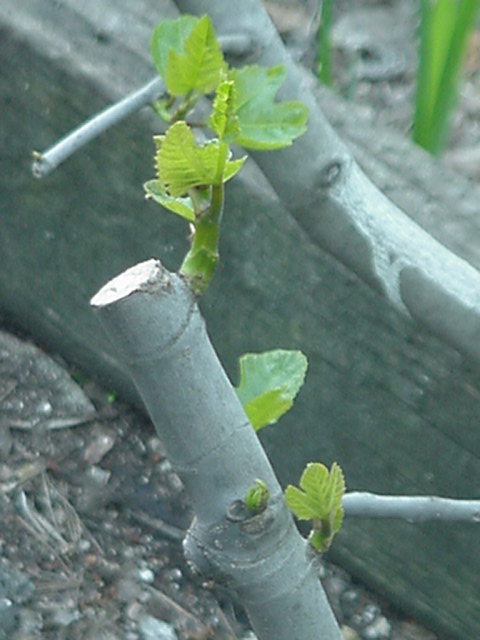
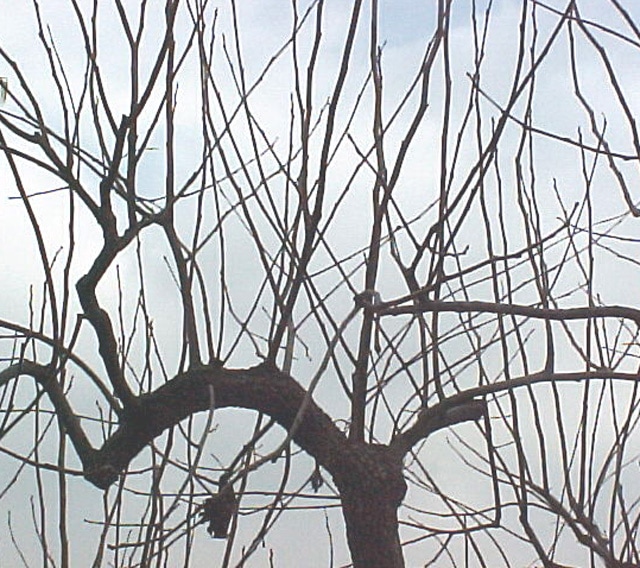
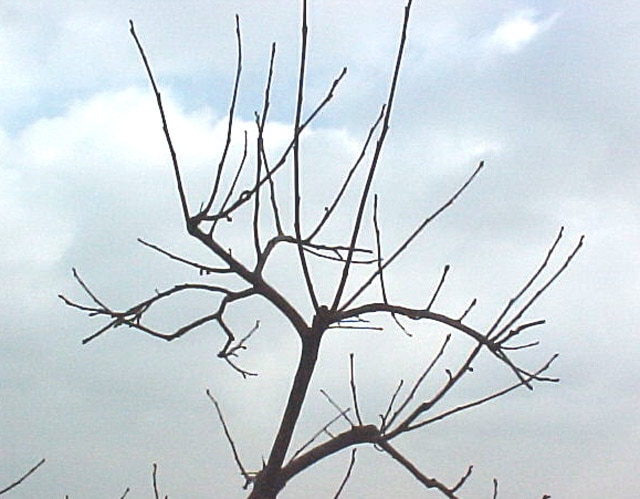
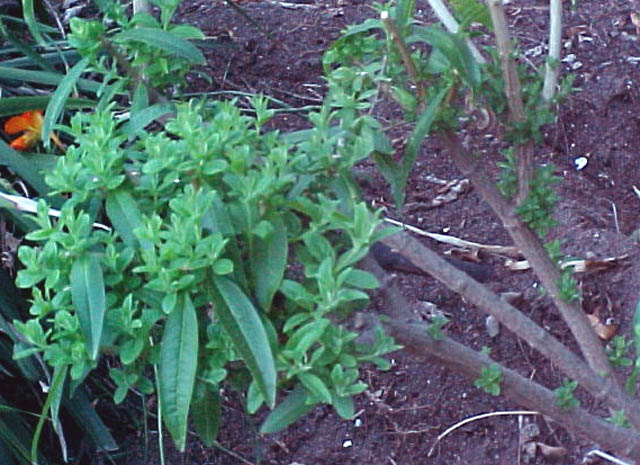
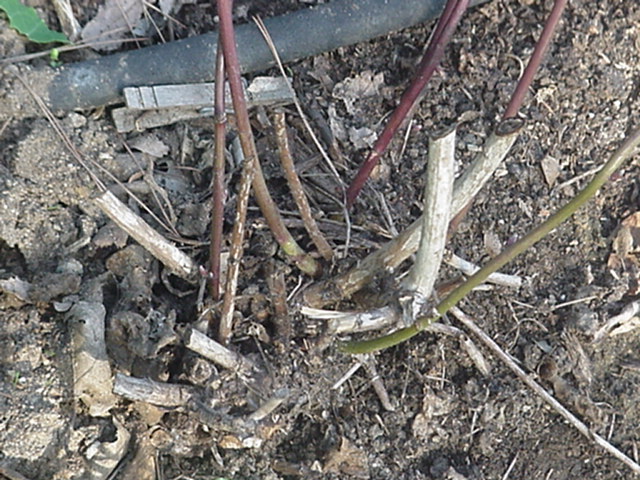
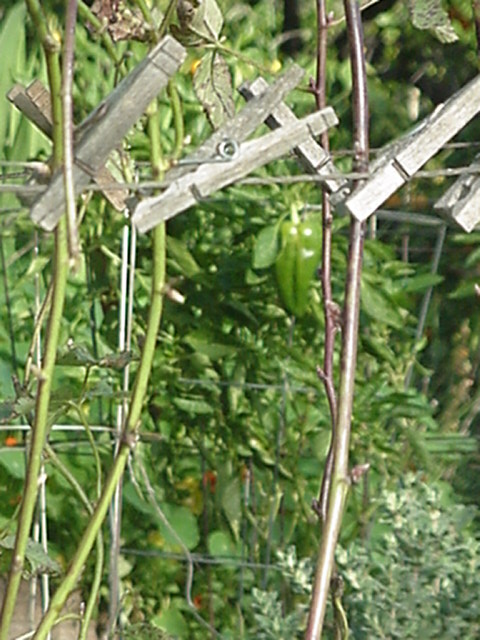
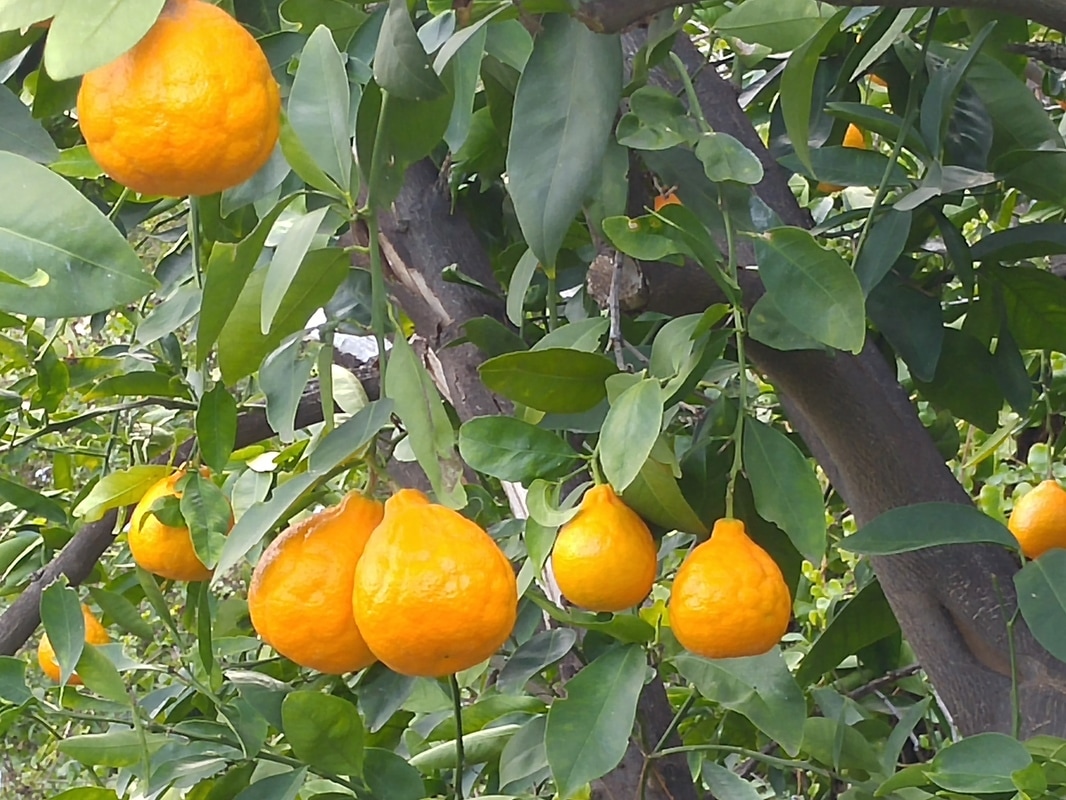
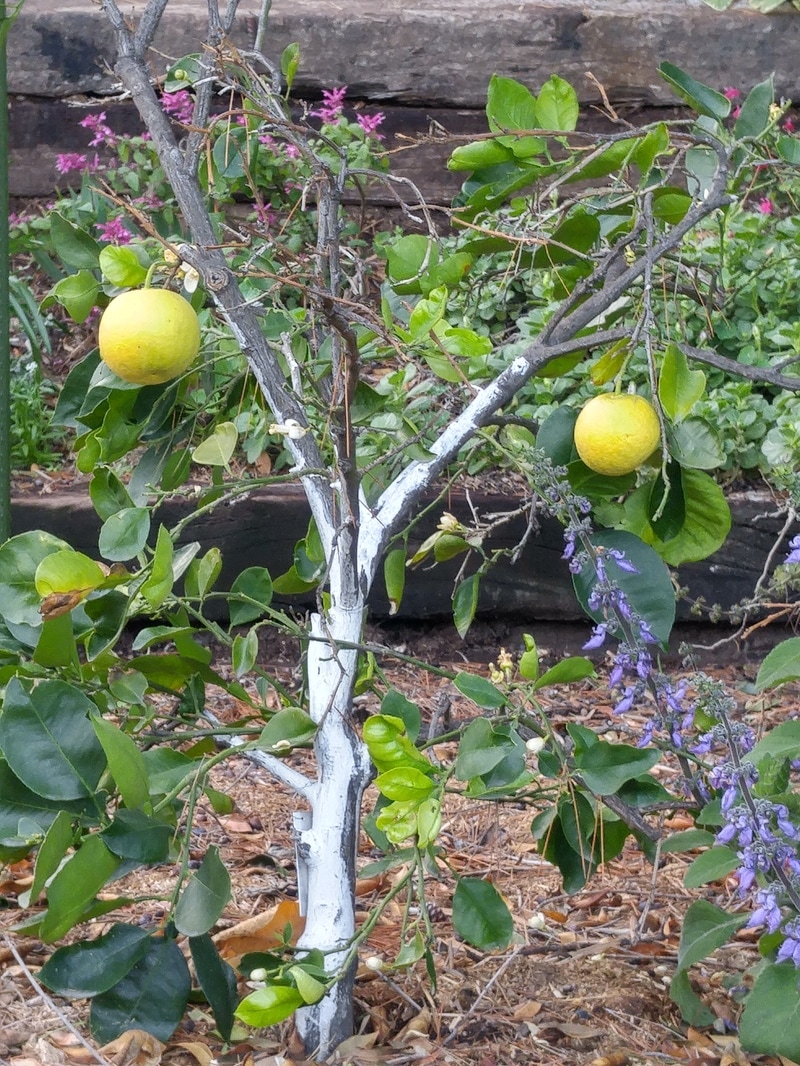
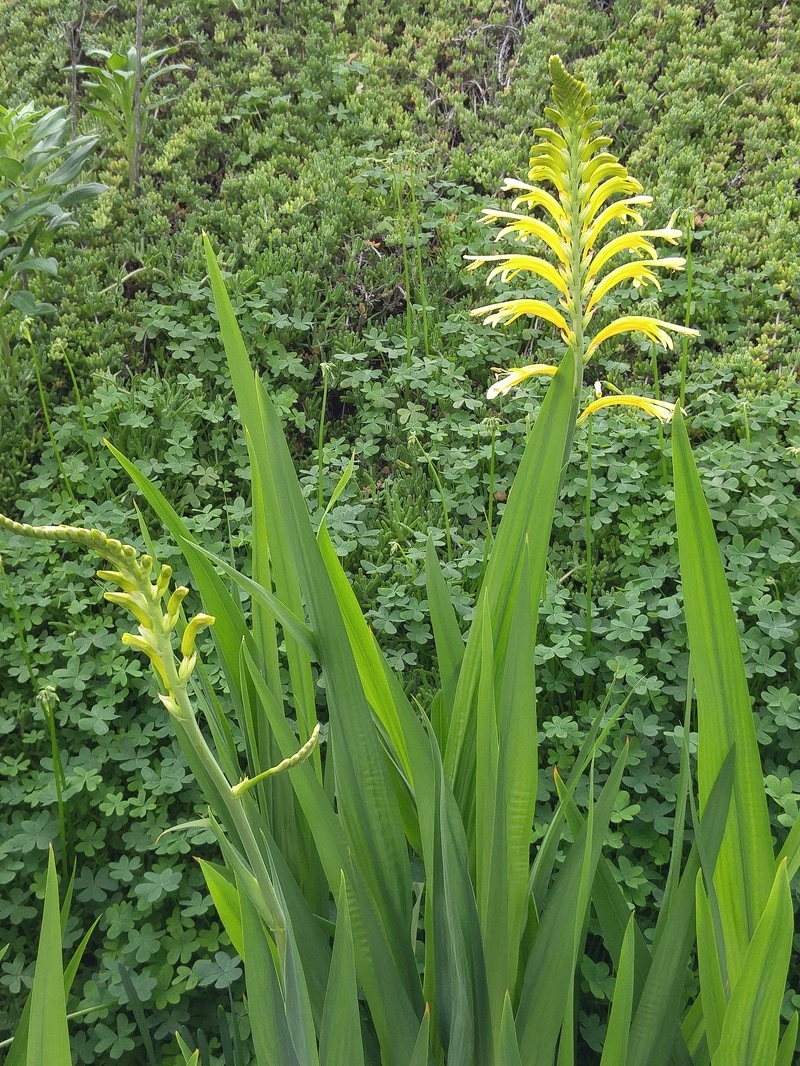
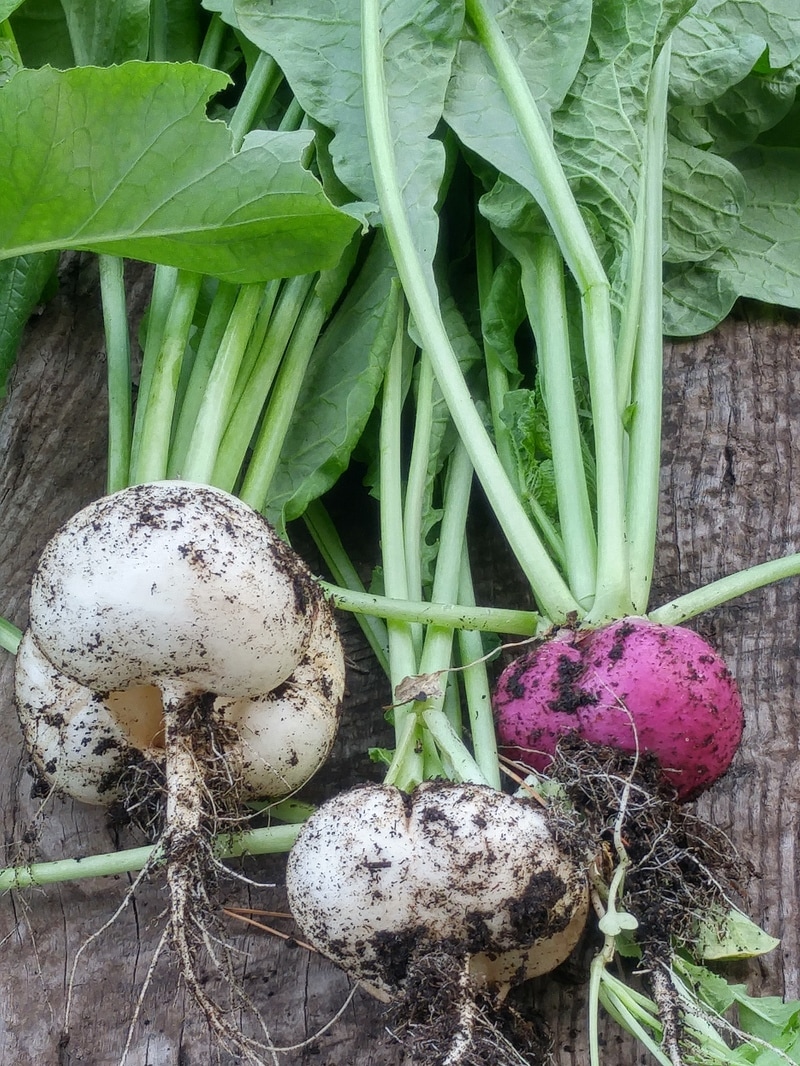
 RSS Feed
RSS Feed